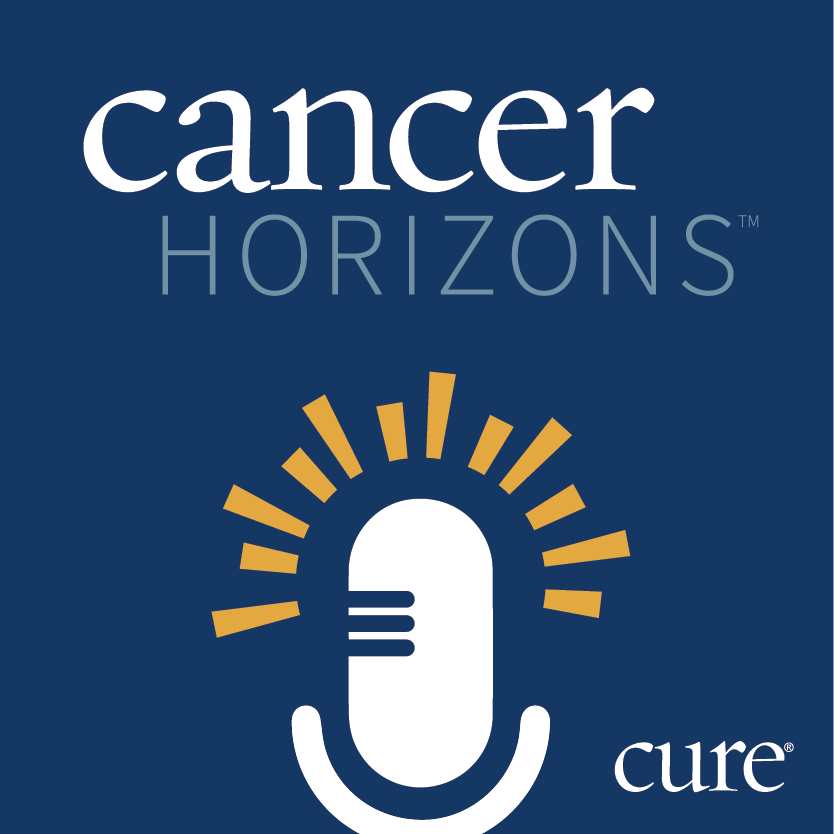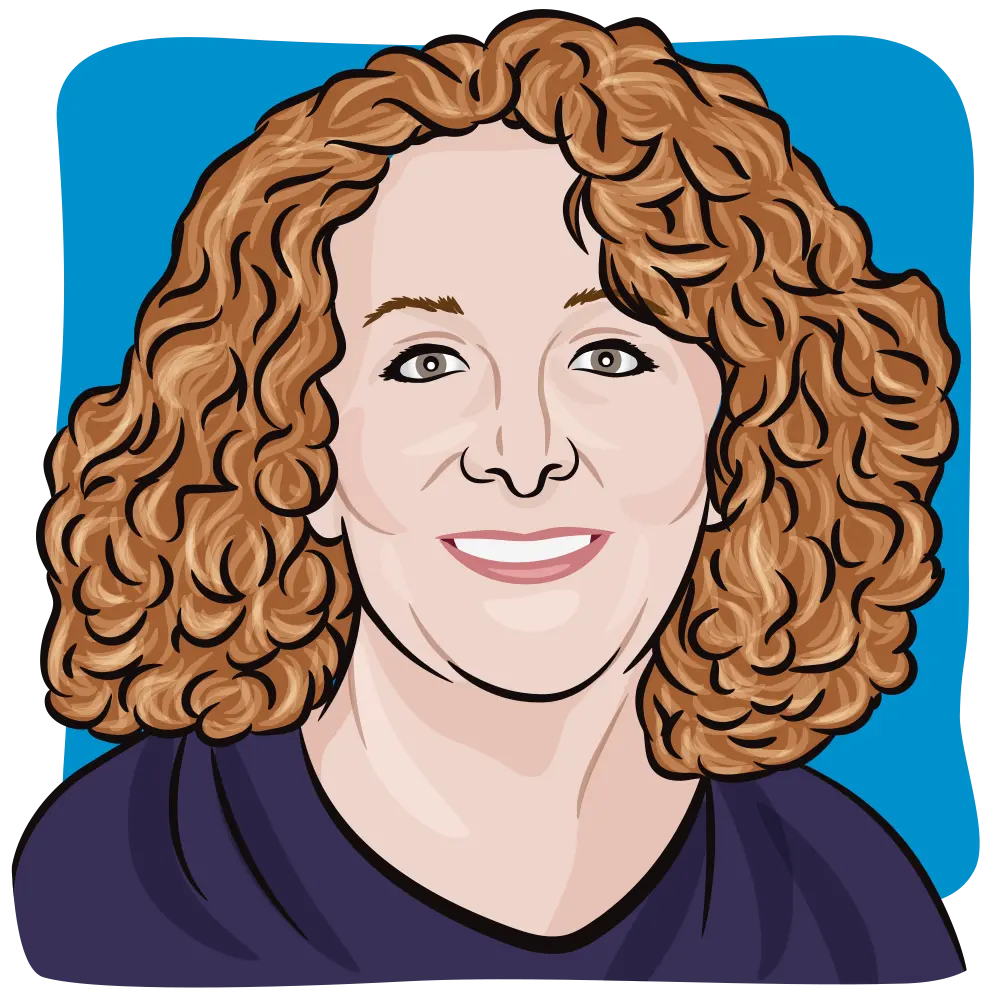News
Article
Understanding Unique Challenges AYA Patients With Cancer Face
Key Takeaways
- AYA lymphoma patients face unique challenges, including disruptions to life milestones and healthcare access, necessitating individualized care addressing emotional and psychosocial needs.
- Collaborative care involving healthcare professionals supports AYA lymphoma patients through treatment, emphasizing the importance of a multidisciplinary approach.
Dr. Andrew M. Evens discusses long-term survivorship challenges that can occur among adolescent and young lymphoma survivors.
Dr. Andrew M. Evens outlines how individualized, lifelong care is essential for adolescent and young adults with lymphoma due to social and medical challenges.

Disruptions to school, work and personal milestones are only some of the disruptions that adolescent and young adult (AYA) patients with lymphoma uniquely face following their diagnosis, creating a need for individualized care which would take emotional and psychosocial needs into consideration.
“Suffice it to say, it takes a village of not just the expert lymphoma providers, but also all of those other key services at our centers to help support patients through this treatment,” Dr. Andrew M. Evens said, referencing the importance of collaborative care.
Evens sat down for an interview with CURE to further discuss the topic, highlighting long-term survivorship challenges that can occur among AYA lymphoma survivors, as well as the importance of follow-up care to support their overall health.
Evens is currently the deputy director for clinical services at Rutgers Cancer Institute of New Jersey and the associate vice chancellor of Clinical Innovation & Data Analytics at Rutgers Health. He is also the system director of medical oncology, oncology lead for RWJBarnabas-Rutgers Medical Group, RWJBarnabas Health, and a professor of medicine at Rutgers Robert Wood Johnson Medical School, all located in New Brunswick, New Jersey
CURE: Many AYA patients face disruptions to school, work and personal milestones — how do these initiatives address the emotional and psychosocial needs of younger individuals diagnosed with lymphoma?
Evens: Yeah, that's what makes it one of the additional challenging factors for treating AYA lymphomas — those social factors, and maybe by extension, part of it is just access to good health care. What I mean by access to good health care is that, through current regulations in the United States, children can often remain on their parents' insurance until age 25. Well, what about after 25?
We know that health insurance in the United States is not always the most affordable, so it's not uncommon to find uninsured young adults in their mid-20s who now have a life-threatening cancer with treatment that's going to cost $500,000 out of pocket. We need to be able to navigate that. Thankfully, we have ways at all our different centers, whether pediatric or adult, to help those specific situations where patients are uninsured garner rapid insurance, whether it's through Medicaid or other possible mechanisms.
Even if someone has insurance or obtains insurance, as we all can imagine, there are a lot of things going on in life from ages 18 to 30 — graduating schools, potentially new marriages or relationships, new jobs. It's a lot; it's obviously a rapidly developmental part of life. So, just having the resources to help our patients and their family members navigate through that is important.
Sometimes our pediatric oncology colleagues will have different programs such as child life services. On the adult side, we have different social workers — at least, now I'm speaking about the Rutgers Cancer Institute in New Jersey, but many of the NCI-comprehensive cancer centers have this extended umbrella of support for patients, not just the treating physicians, nurses, and nurse practitioners, but also social workers, nutritionists, and the finance team — to really support and keep the patient afloat as they're going through the complexities of cancer care.
Suffice it to say, it takes a village of not just the expert lymphoma providers, but also all of those other key services at our centers to help support patients through this treatment.
What long-term survivorship challenges are most common among AYA lymphoma survivors, and what follow-up care or monitoring do you recommend to support their overall health?
Long-term survivorship for AYA lymphomas is very important. Other people might call it wellness; survivorship is another term. Not everyone, certainly not all patients, always understands that term, but it's really important, and it's important on a couple of fronts. As I mentioned, goal one is always cure, but we have that goal two of not just mitigating, minimizing, and eliminating toxicity, but when I use the word toxicity or side effects, it's for the rest of life.
We know now, looking back to the 1970s, 1980s and 1990s, that patients who were treated with certain chemotherapy regimens — some of the same ones, or at least similar ones, that we use now — and even radiation, while it doesn't cause an incredible amount of immediate side effects, there is an increased risk of different other conditions, what we call morbidity. This includes a slightly increased risk of heart disease, lung disease, kidney disease and infectious disease. Those are just organs; that's not to mention the impact on quality of life, such as neuropathy (numbness and tingling) and fatigue. We know that these issues don't just happen 10, 20 or 30 years later; they often occur in an exponential manner.
We now have a lot of this data, and we understand it. The question is about understanding what's possible, what the potential risks are, and analyzing it on a patient-by-patient, individualized basis. In other words, what's the patient's own other medical history? What's their family history? What exact treatment did they receive? There have long been survivorship guidelines, although there is still a real strong need for better harmonization.
Even though we have national survivorship guidelines, they differ slightly depending on whether you look at the Children's Oncology Group, the American Cancer Society, or the NCCN guidelines. While it's good to have guidelines, it can be a little confusing sometimes because they sometimes differ. For example, when should I get a mammogram? Do I need a breast MRI if I had radiation?
That's some future work that we're hopeful the Lymphoma Research Foundation can help address: enhancing or harmonizing these survivorship guidelines. But I would say in the current state, at least pick one and stick to it. Many centers now have survivorship or wellness, Cancer Wellness experts. We recruited one ourselves at the Rutgers Cancer Institute whose goal is 100% cancer survivorship wellness post-treatment, whether it's five years, ten years, or twenty years out. [They] will go through, in a highly individualized manner, what exact milligrams per meter squared of which chemotherapy regimens were used, where in the body radiation was given, and again, family history, medical history and basically come up with an individualized, detailed survivorship plan.
In other words, compared to someone who didn't have lymphoma, what different follow-up do I need? Do I need an extra echocardiogram or stress test? Any pulmonary function tests? What about fertility analyses and so on? Also, obviously, mental health components are very important too.
I think there's still some need to harmonize. But the good news is there are survivorship guidelines out there. If I were a patient who was treated, and frankly, not just for lymphoma but any cancer below the age of 40, I would now need to know what my survivorship guideline is, what my wellness plan is through the lens of previous cancer treatment. The good news is that many programs have such experts, and the Lymphoma Research Foundation is also able to help guide patients through that.
What would be your main takeaway message for patients today based on our conversation?
My main message is for AYA patients with lymphoma: there are unique needs, and there's still a lot of learning that we need to do. We've learned a lot in the last few years, but we still need to learn more about what causes the lymphoma and if it's different for younger patients.
I talked about diagnosis and treatment — should the treatment be different based on age? We'll start kind of exploring that; maybe there needs to be slightly different dosing or treatment agents based on age, also the different social factors and access to care, as we discussed, and, of course, survivorship. These are all unique needs and desires for our AYA cancer patients and their families as well, by extension.
The great news is we're in a good place, and we're only looking to get even better. One of the mechanisms we're using to do this is through the Lymphoma Research Foundation. They established an AYA Lymphoma Consortium. What does that mean? Well, the Lymphoma Research Foundation is really the nexus for the top lymphoma experts throughout North America, whether clinical experts (pediatric, adult, radiation), biology, epidemiology, scientific — they really converge throughout a host of different meetings, forums, research initiatives and educational venues to really leverage the collective intelligence of these experts and make sure it's disseminated to other doctors throughout North America and the world, and also, of course, to patients, just from an educational standpoint.
Then, as I had mentioned early on, we're always looking to advance the mission and do better than the standard of care, and that will happen through clinical trials and research. By establishing a formal AYA Lymphoma Consortium, they've really just raised the bar in terms of expectations of not just forming this nexus of different meetings and scientific symposiums, but hopefully being able to provide funding for really critical research to address some of the unmet needs that we've already talked about.
We're in a great place. We're in a really good place. We want to give them better care and do the best we can, of course, not only for cure but for the long-term health of all of our patients with AYA lymphoma.
Transcript has been edited for clarity and conciseness.
For more news on cancer updates, research and education, don’t forget to subscribe to CURE®’s newsletters here.



